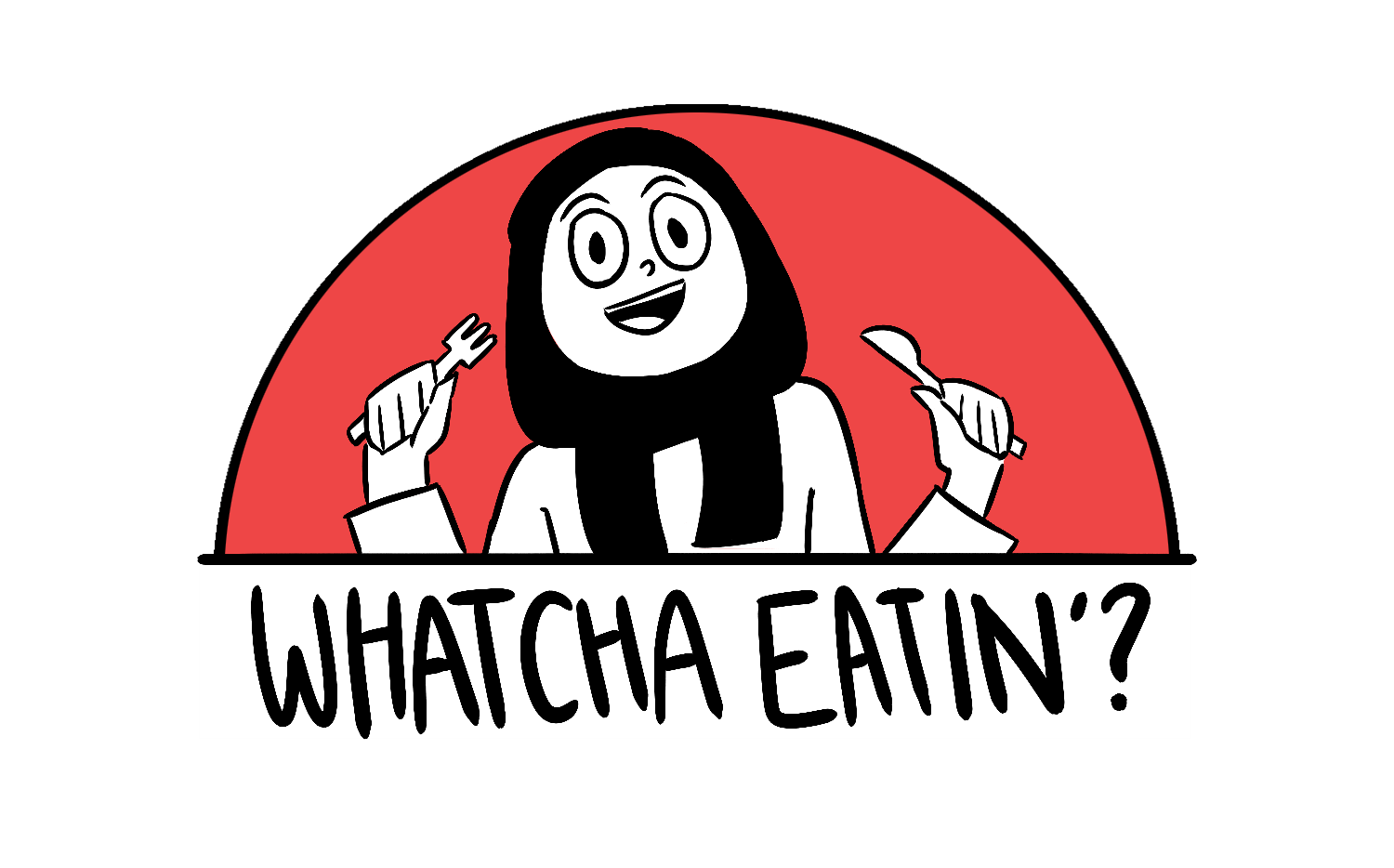
The Japanese truly know how to make incredible desserts. I had the opportunity to try traditional Japanese desserts known as wagashi.
Wagashi were originially made with simple fruits and nuts, known as “kashi,” in Japan between 300 B.C. and 300 A.D. during the Yayoi period. Because sugar was rare and expensive, it wasn’t until Portuguese missionaries introduced sugar to the Japanese that they started using it in their confectionaries. Today, wagashi is made with mochi (a type of dough made out of rice), anko (red azuki beans mashed into a paste), flour and agar-agar. Wagashi is traditionally served with green tea during Japanese tea ceremonies.
Wagashi is a gorgeous and intricately made dessert. Inspired by nature, different types of wagashi are often formed to look like leaves or cherry blossoms, and The shape and design of each dessert changes according to the season. The art of wagashi is so complex that some have to attend up to 12 years of school to master its creation.
My fellow Chew Crew member Izaak Lux and I headed over to Mitsawa Marketplace in Plano to try three types of wagashi: daifuku, dango and yokan. Inside Mitsawa was a little sweet shop called J. Sweets where we bought our daifuku. We purchased the rest of the wagashi from Mitsawa itself.
J. Sweets sells many varieties of wagashi, from colorful jellies to little bunny-shaped pastries. We passed by rows and rows of adorable mochis filled with tantalizing creams, jellies and pastes. We selected a small green daifuku with anko filling, which is the red bean paste sweetened with honey that is extremely popular in Japan. The anko filling was surrounded by green mochi and was powdered to keep it from being sticky. We also indulged in some bitter matcha tea to counter the sweetness of the wagashi, as traditionally intended.
Trying daifuku was unusual because I couldn’t imagine beans being a primary ingredient in dessert. Although I wasn’t expecting it to taste like the inside of a burrito, the texture definitely had a familiar, grainy feel. However, combined with the chewy mochi outside and the honey, the red bean filling was surprisingly pleasant and sweet.
Our next dessert was dango and was probably the most appetizing one to look at. Small mochi balls were skewered onto little sticks and covered with a thick brown syrup. However, trying it was one of the most confusing experiences I’ve had to date. It tasted like both sugary chewy goodness and, strangely enough, soy sauce. When I checked the ingredient list to find out if there was actually soy sauce in the dango (there was), I discovered the dessert also contained sake, a Japanese wine made from fermented rice. Needless to say, I promptly stopped eating it.
Finally, we dug into yokan, which was a type of thick jelly cut into squares and made with anko and agar-agar, a type of gelatin made from red algae. Yokan looked like a cross between a chocolate bar and a popsicle, but biting into it was an entirely different experience. It was very similar in taste and texture to eating a date, as it was extremely sweet, sticky and heavy. Although I could feel little azuki beans as I bit into the yokan, the combination of jelly and beans was unusually tasty.
I wasn’t sure I could get used to beans as a primary ingredient in a dessert, but eating wagashi was an interesting way to change my perspective on the different ways sweets are made. You don’t have to drench something in chocolate and syrup for it to count as a delicious dessert. A beautiful and meticulously made confection, wagashi is one of those things you can’t miss.
Leave a Reply